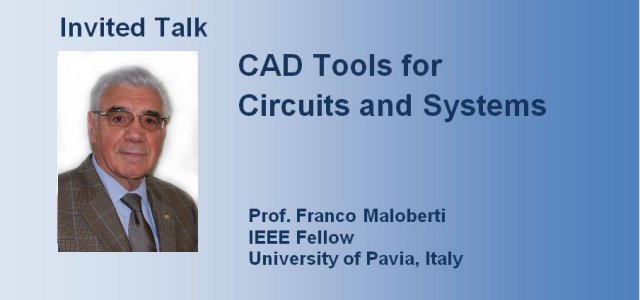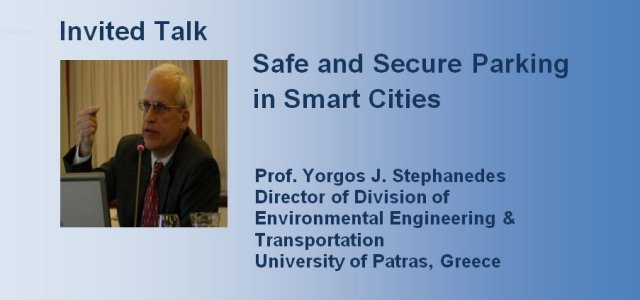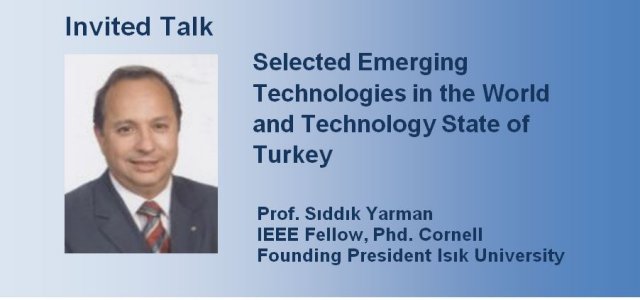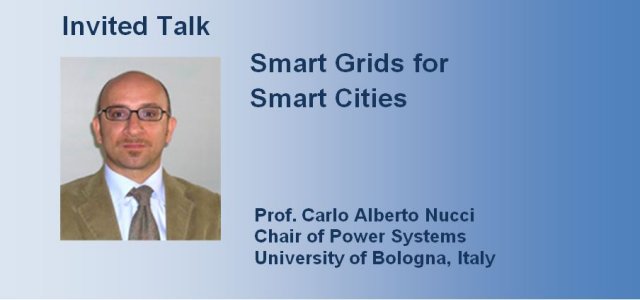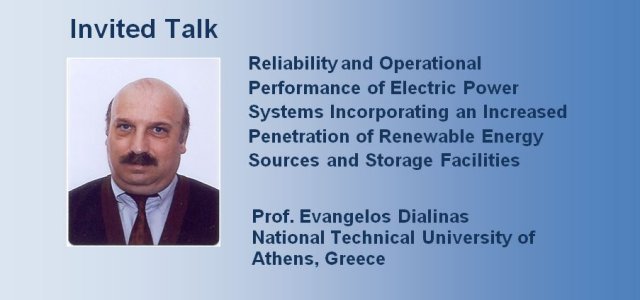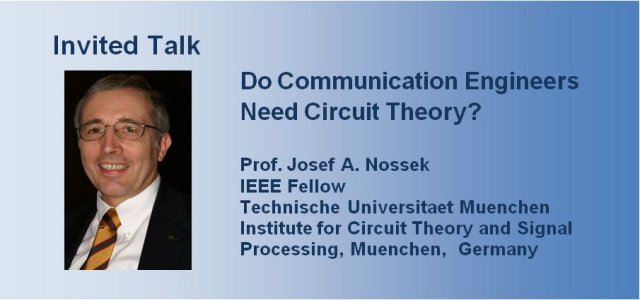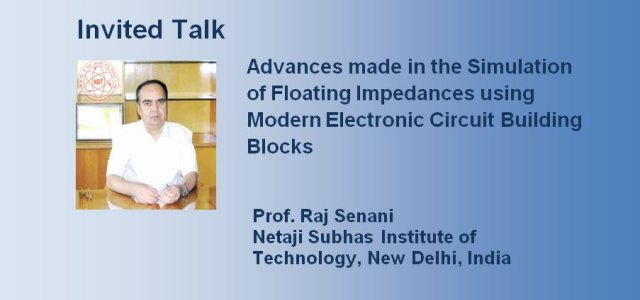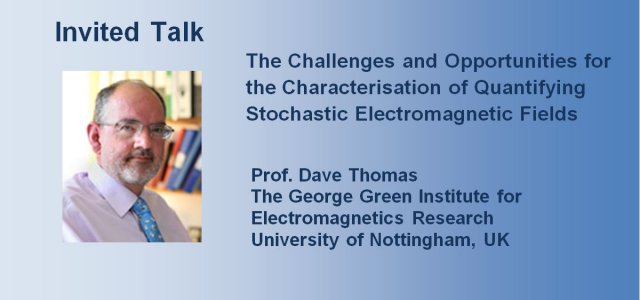
Safe and Secure Parking in Smart Cities
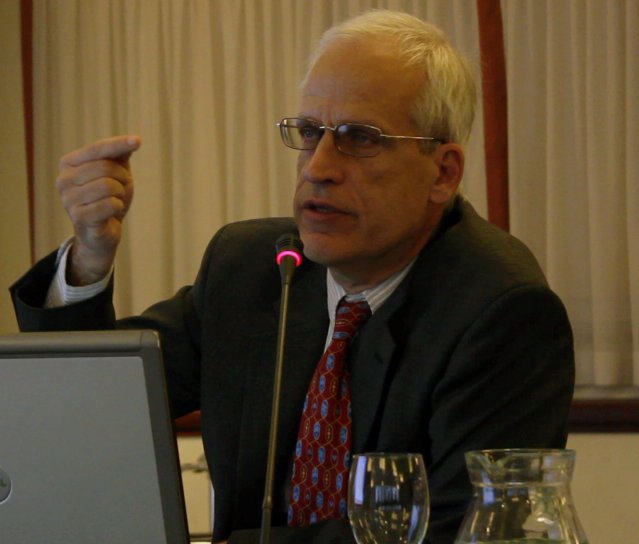
by Prof. Yorgos J. Stephanedes
Univ. of Patras, Greece
E-mail:yjste@upatras.gr
Smart cities significantly increase their energy efficiency, and better exploit the local resource in terms of energy transport supply and through demand side measures. They use balanced solutions that are achieved through integration of low-energy districts, energy-efficient infrastructure and sustainable mobility patterns. The aim is to save resources, in terms of energy and economics via: (a) smart energy efficiency technologies in buildings, (b) smart and connected electro-mobility and ICT to reduce energy consumption and increase safety in intermodal networks and parking areas, (c) ICT to integrate e-vehicles use, charging and storage. Their Urban Plans integrate low-energy, high-safety traffic signalling infrastructure, supported by vehicle-to-infrastructure grid (V2I/V2G) systems.
We focus on an example safe & secure parking station that is designed to approach near-zero energy impact. The station includes Renewable Energy Sources (RES), battery banks to slow-charge e-vehicles tracked by GPS. It is also an intermodal link for e-bus and rail users. When not in use, battery banks and e-vehicles are placed into the local distribution microgrid. Users can use ICT registration backed by parking sensors and scanners controlling entrance. The wireless sensors networks will be based on a low-cost and ultra-low-power analog/digital backscatter technology. Sensors-tags will be extra low-cost and energy autonomous. The station is 0/1 level and is modular so that its modules can be transferred between stations. The energy efficiency measures offer added value to the local distribution electricity grid – parking station, in terms of grid stability, income to owners, improved mobility and quality of life.
Biography: Professor Yorgos Stephanedes, Ph.D., P.E. is an expert in Intelligent Transport and Green Energy Systems and their Development and Environmental Effects in Smart Cities and Communities. He was for 20 years at Univ. of Minnesota, USA, where he developed a method for assessing the energy and environmental impacts of improved mobility on the economies of New England, Pennsylvania and Minnesota, with an emphasis on energy independence, reduced pollution, and regional development. In Minnesota he was instrumental in the creation of the Institute of Excellence in Intelligent Transportation Systems (ITS). He is the Director of Division of Environmental Engineering & Transportation, and Director of the Programme of Intelligent Systems in Transport and Works Management at Univ. of Patras.
